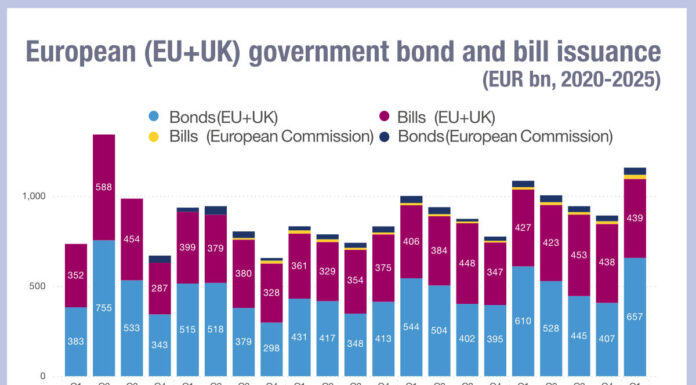
The Depository Trust & Clearing Corporation (DTCC), the US post-trade utility has released a two-year industry roadmap for shortening the settlement cycle for US equities to one business day after the trade is executed (T+1). In its latest paper, “Advancing Together: Leading the Industry to Accelerated Settlement,” DTCC has argued for the benefits of moving to a T+1 settlement cycle, which it argues include cost savings, reduced market risk and lower margin requirements as well as the firm’s plans for galvanizing the necessary support for the project across a wide range of market participants.
In order to move to T+1, the DTCC says that industry participants must align and agree to shorten the settlement cycle by implementing the necessary operational and business changes, and regulators must be engaged. DTCC does not have the regulatory or legal authority to unilaterally change the settlement cycle. Despite this, DTCC continues to push for a shortened settlement cycle to T+1, a role played in 2017 during the move to T+2.
Based on its own industry engagement conducted throughout 2020, the DTCC reports that early indications suggest market participants favour a move to T+1 to take advantage of capital and operational efficiencies, and benefit from risk reduction and a lowering of margin requirements, especially during times of high volatility and stressed markets.
“The time to settlement equals counterparty risk, which can become elevated during market shocks. It can also lead to the need for higher margin requirements, which are critical to protecting the financial system and investors against a firm default,” said Murray Pozmanter, head of clearing agency services and global business operations at DTCC. “We have been working collaboratively with a wide cross section of the industry to build support for further shortening the current settlement cycle over the past year, and we have outlined a plan to increase these efforts to forge consensus on setting a firm date and approach to achieve T+1.”
©Markets Media Europe 2025


























